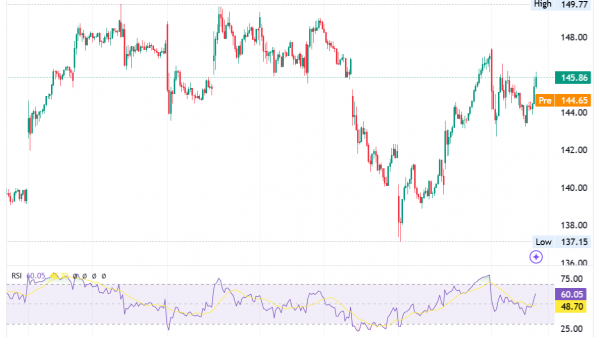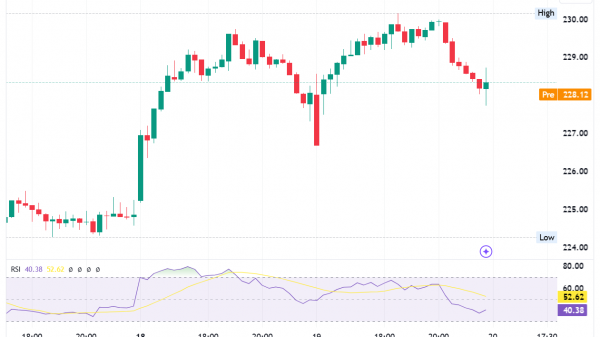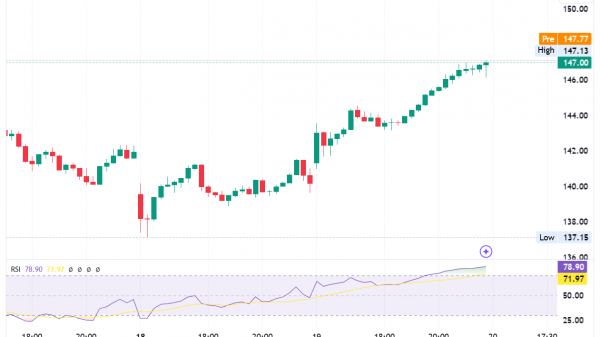Trading and Creating ABC Pattern: A Practical Guide
The ABC pattern, a fundamental chart pattern, is essential in the world of technical analysis. In this guide, you will see how to use it in chart analysis and trading.
Key Takeaways
The ABC pattern is a crucial chart pattern in technical analysis. It is part of the larger family of harmonic patterns.
It consists of three distinct swings. A, B, and C – which reflect the market’s natural rhythm and are closely linked to Fibonacci retracement levels.
The ABC pattern exhibits symmetry in time and price movements, providing insights into market trends and reversals.
What is ABC Pattern?
This pattern forms part of the larger family of harmonic patterns, which are critical tools for traders aiming to predict future market movements. The ABC pattern emerges through a specific price structure characterized by three distinct swings: A, B, and C. These swings reflect the market’s natural rhythm and are deeply intertwined with Fibonacci retracement levels.
ABC and Fibonacci retracement
Harmonic relationships play a crucial role in identifying and validating ABC patterns. These relationships, dictated by Fibonacci retracements, help traders determine potential reversal points in the market.
The swings in the ABC pattern—namely, the Swing Highs and Lows—offer insight into market sentiment.
By analyzing these swings, traders can identify the Potential Completion Zone (PCZ) of the pattern. It’s a region where the pattern is likely to complete and where the market may experience a reversal.
Symmetry is another vital aspect of the ABC pattern. This symmetry is not just in terms of time but also in price movements. It provides a more comprehensive view of market trends and potential reversals.
Understanding the trend direction is paramount in using the ABC pattern effectively. This pattern can manifest in both uptrends and downtrends, offering opportunities for traders to capitalize on potential market reversals.
How to Identify an ABC Pattern?
To successfully identify an ABC pattern, you need to accurately pinpoint the A, B, and C key inflection (pivot). These inflection points emerge from key swing highs and lows at various levels, along with their correction waves, to create distinct swings.
Typically, traders forecast the potential C point using the Fibonacci retracements (0.38 to 0.618) of the AB Swing. After identifying the A, B, and C points (and the AB, BC legs), you apply a projection algorithm to calculate the Potential Completion Zone (PCZ).
This PCZ area is where traders typically expect the ABC pattern to complete. It possibly signals a continuation of its trend in the original trend direction (AB). Following the BC leg’s completion, you plot the projections of the AB and BC legs. Use Fibonacci ratios from point C to establish targets. Traders usually trade the ABC pattern in the trend direction of AB, moving from C to D.
How to Trade the ABC?
Trading the ABC pattern involves several critical steps. First, identify the pattern on the chart. Look for the three distinct swings. The A-B leg should correspond with a Fibonacci retracement level, and the B-C leg often mirrors the A-B leg in distance and time.
Once you identify the pattern, determine the Potential Completion Zone (PCZ). This zone is where we expect the C leg is expected to complete, and a reversal might occur. The PCZ is typically found at a key Fibonacci retracement level. It’s crucial to wait for confirmation before entering a trade. This confirmation could be in the form of candlestick patterns or other technical indicators that suggest a reversal.
After confirmation, enter the trade at the start of the reversal. Set stop-loss orders just beyond the PCZ to minimize potential losses. The target levels for taking profits should be identified using Fibonacci extension levels or previous support and resistance areas.
Example for Trading “Bullish Bonds with ABC Pattern”
Let’s consider an example of trading bullish bonds using the ABC pattern. Imagine a bond market where the ABC pattern has formed within an uptrend. The A-B leg corresponds with a Fibonacci retracement of 50%, and the B-C leg is forming, indicating a potential bullish reversal.
As a trader, you would wait for the B-C leg to complete in the PCZ, which in this case might be around the 61.8% Fibonacci retracement level. You would look for reversal signals, such as a bullish candlestick pattern or a divergence in an oscillator, to confirm the trend reversal.
Once confirmed, you enter a long position at the start of the new uptrend, setting your stop-loss order just below the PCZ to mitigate risk. Your target level could be set at a previous high or a Fibonacci extension level, like the 161.8% level.
Conclusion
trading the ABC pattern requires a thorough understanding of chart patterns, harmonic relationships, and Fibonacci retracements. It’s a strategy that, when combined with sound risk management and market context analysis, can offer significant opportunities for traders in various markets, including the bond market. Remember, practice and continuous learning are key to mastering this valuable trading tool.
The post Trading and Creating ABC Pattern: A Practical Guide appeared first on FinanceBrokerage.

































